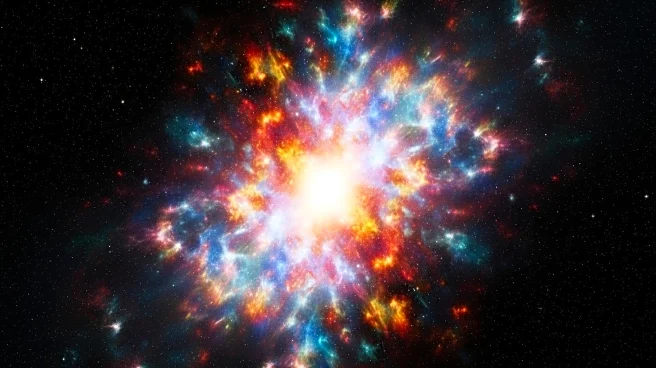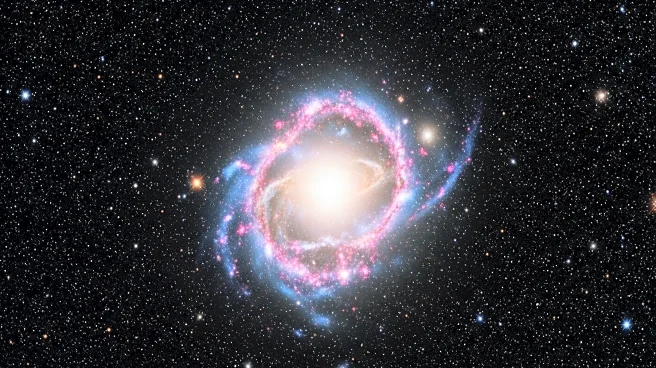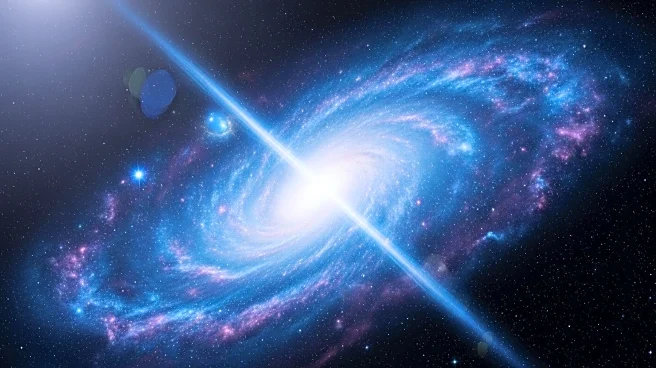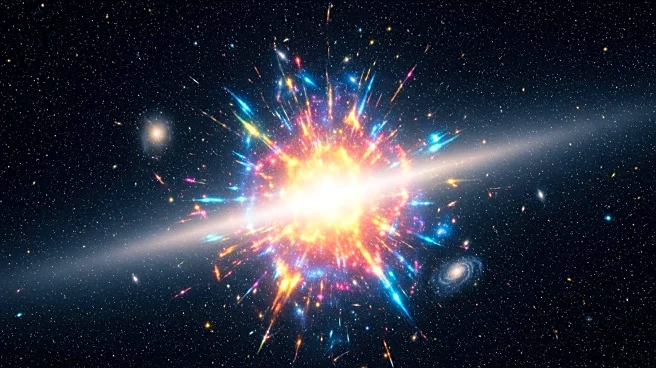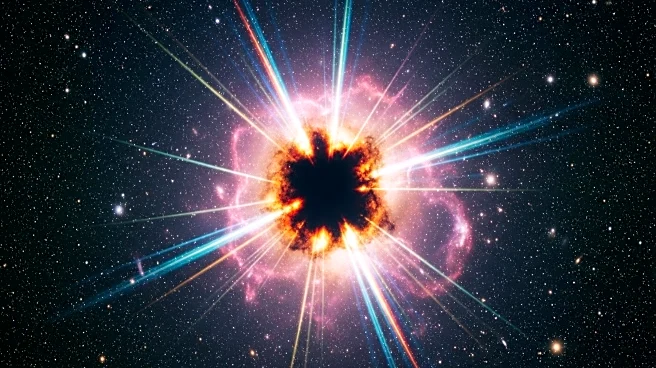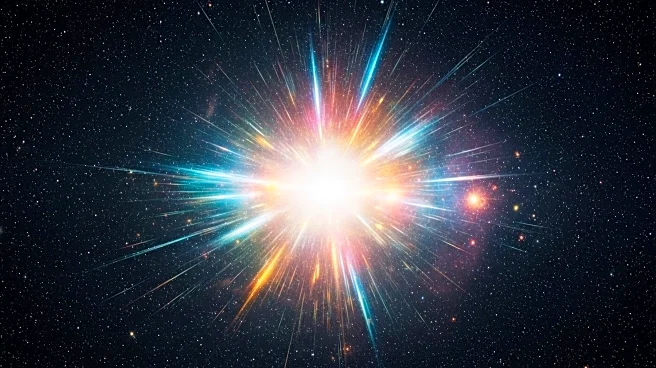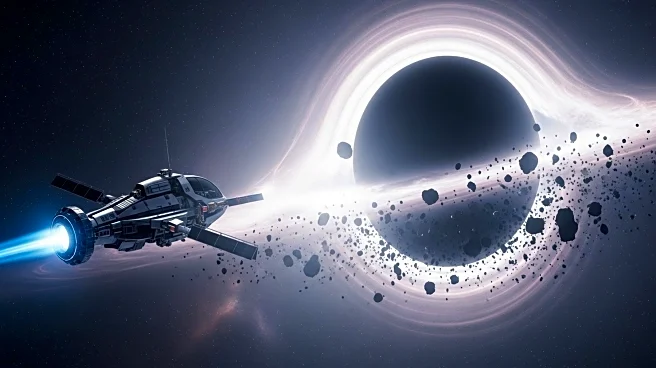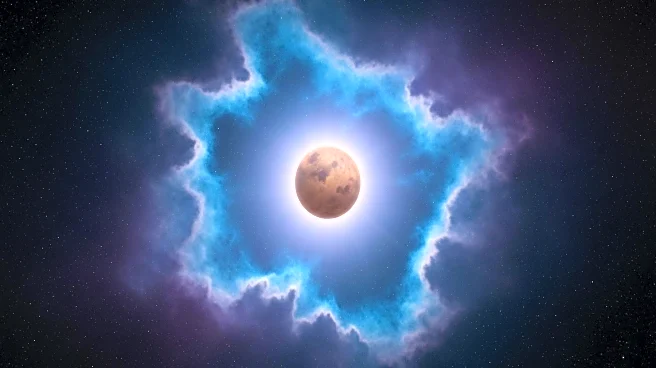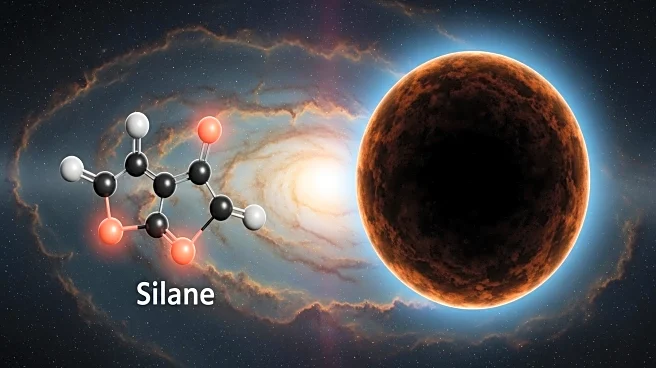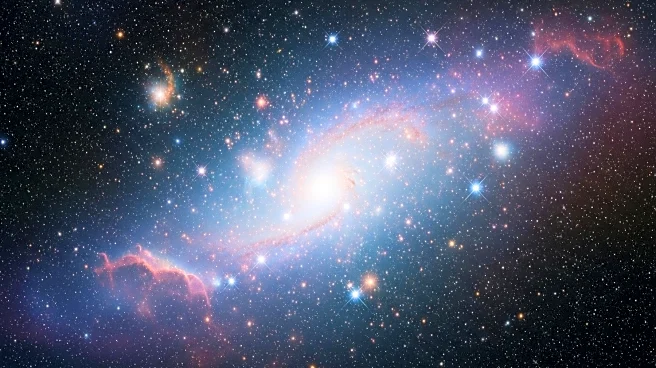What's Happening?
NASA's Chandra X-ray Observatory has uncovered a dramatic internal reorganization in the progenitor star of Cassiopeia A, challenging previous assumptions about supernova symmetry. The star's interior experienced inhomogeneous mixing, with silicon-rich materials breaching a neon layer, suggesting asymmetrical explosions. This discovery, led by Toshiki Sato from Meiji University, combines observational data with computer simulations to offer new insights into the final moments of massive stars.
Why It's Important?
The revelation of asymmetrical supernova explosions marks a significant shift in understanding stellar deaths. Traditionally thought to be symmetrical, these findings suggest a chaotic reality that could influence the behavior and velocity of resulting neutron stars. The uneven distribution of ejected material may impart additional momentum to neutron stars, explaining their high velocities. This research enhances models of stellar behavior and improves predictions about the life cycles of massive stars.
What's Next?
Chandra's insights into Cassiopeia A represent a leap forward in astrophysics, offering a rare glimpse into the inner workings of a star on the brink of collapse. Future research will focus on refining models of stellar evolution and exploring the implications of asymmetrical explosions on cosmic evolution. The study underscores the importance of interdisciplinary collaboration, combining observational data with computer simulations to unravel the mysteries of stellar evolution.
